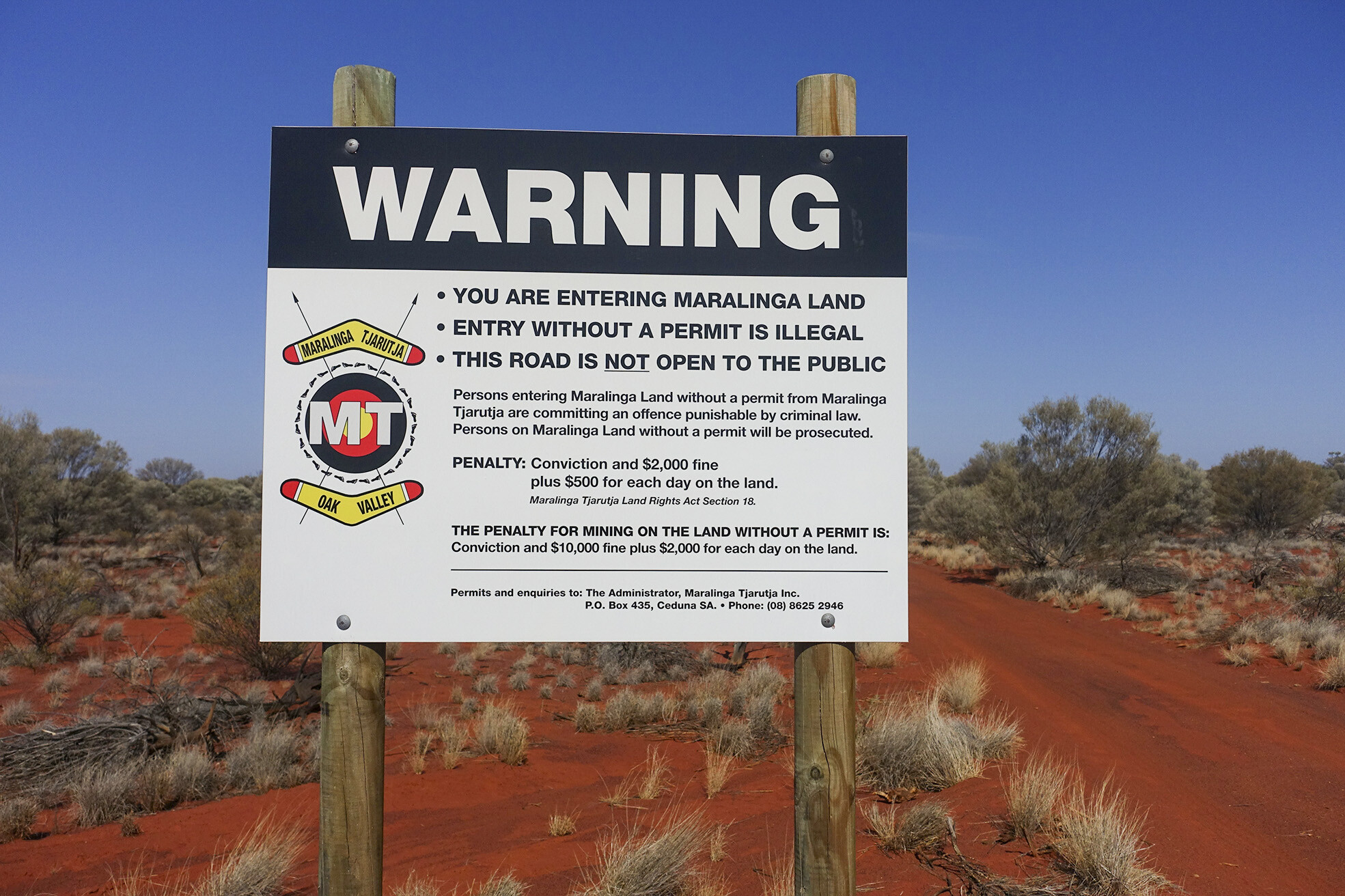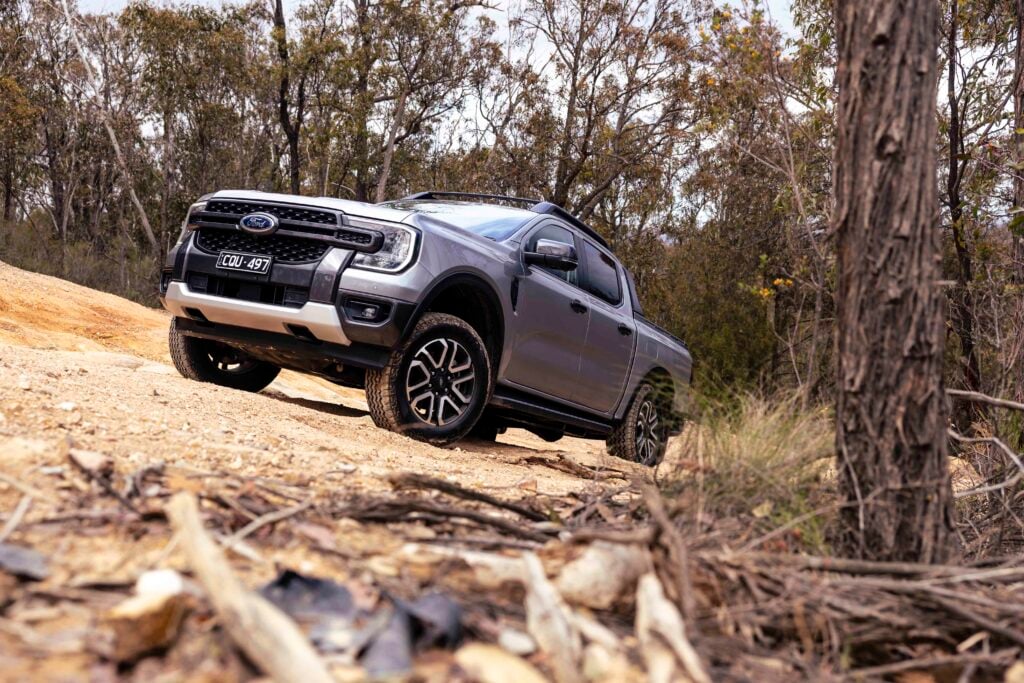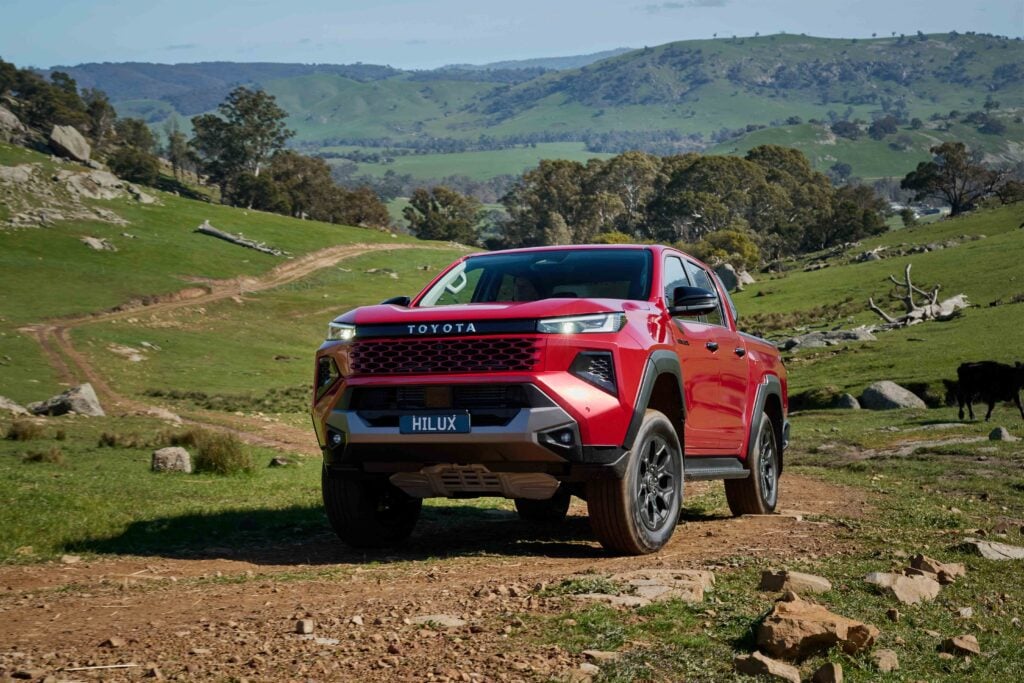The Anne Beadell Highway is a legendary outback road, first established by Len Beadell and his Gunbarrel Road Construction Party.
To travel the highway’s full length, permits from several Aboriginal groups and government departments are required. The first and arguably most important is the one from the Maralinga Tjarutja Traditional Owners, based in Ceduna, South Australia. On the Western Australian side of the border, a couple of permits are also required, which can be applied for online and are issued by the Ngaanyatjarra Warburton Council.
In South Australia, access to the Woomera Prohibited Area–specifically Defence Area 2–requires a permit, as the zone can be restricted for military or other purposes.
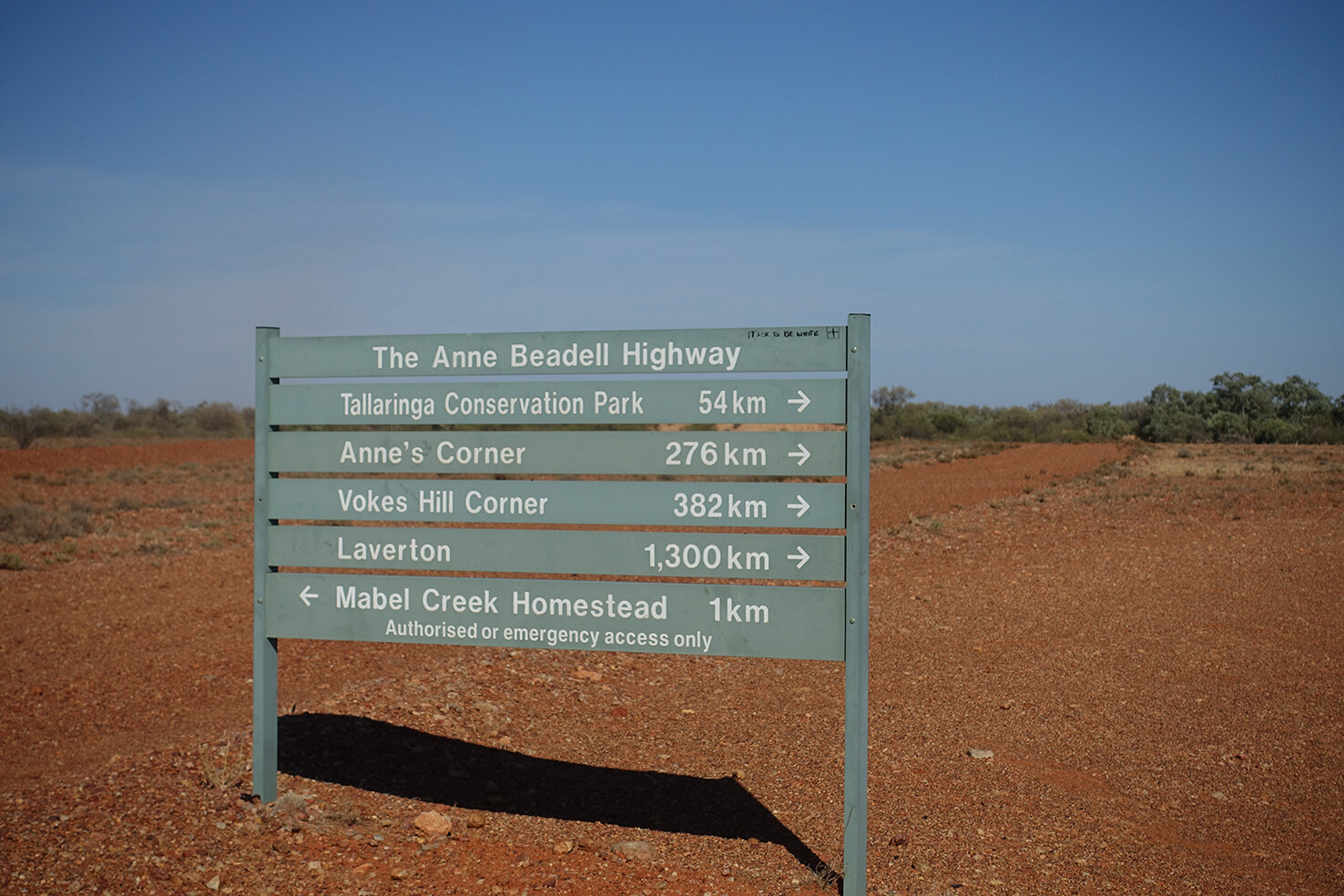
National Parks SA also requires a transit permit for the Tallaringa Conservation Park. While some may question the need for a permit to travel a road that existed before the park was established, it is part of the process. Camping in Tallaringa or the Mamungari Conservation Park requires a camping permit from the relevant authority.
The Anne Beadell Highway serves as an extreme example of the bureaucracy surrounding access to many areas of Australia.
Many regions require permits to travel particular roads or access areas within Aboriginal land or national park territory. Some areas within these lands have been permanently closed, highlighting the challenges of accessing remote locations. In some cases, the concept of permits–or multiple permits–appears increasingly unnecessary.
The Great Central Road, which crosses the vast Australian Outback from north of Kalgoorlie in WA to Mt Isa in western Queensland, still requires permits despite being a major link in the national network. While permits can be applied for online, the necessity of such requirements for major roads raises questions in the modern age of travel.
Comparisons with other countries illustrate the contrast. In the USA, travellers can pass through large Indian Reservations such as the Northern Cheyenne Reservation in Montana without permits. In Canada’s Inuit regions, no permits are required to travel through vast areas.
Similarly, in Africa, Zulu tribal lands in South Africa and Maasai lands in Kenya and Tanzania do not require permits for entry. In Australia, however, residents face restrictions that are not typically applied to visitors elsewhere.
The requirement for multiple permits in remote areas raises questions about whether such regulations are still appropriate in the modern age of travel and tourism.
We recommend
-
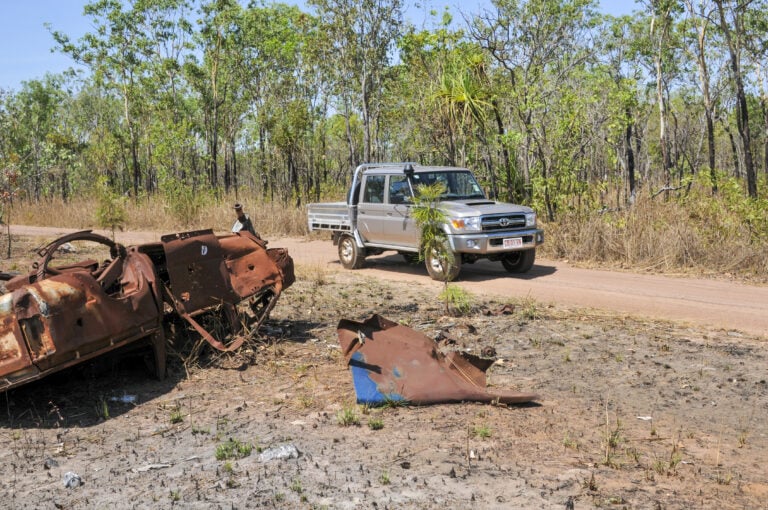 Advice
AdviceHow to survive in the Australian bush: Essential life-saving tips
When something goes wrong in the bush it can quickly become a life-threatening situation, but you can increase your chances of survival by following these top tips
-
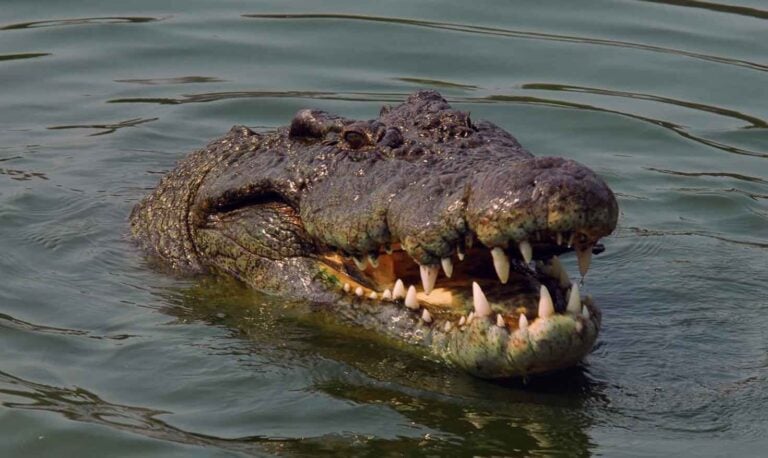 Advice
AdviceCrocodile safety for 4WD touring in Australia – How to avoid croc attacks
Planning a trip through croc country? Here’s how to stay safe around the water.
-
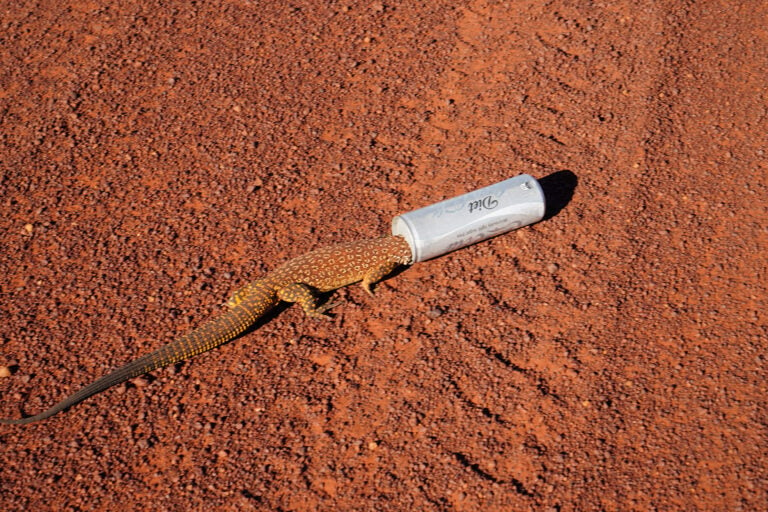 Opinion
OpinionOne empty can almost killed a native animal – don’t be that person
Lucky lizard lives to see another day, but many aren't so lucky

